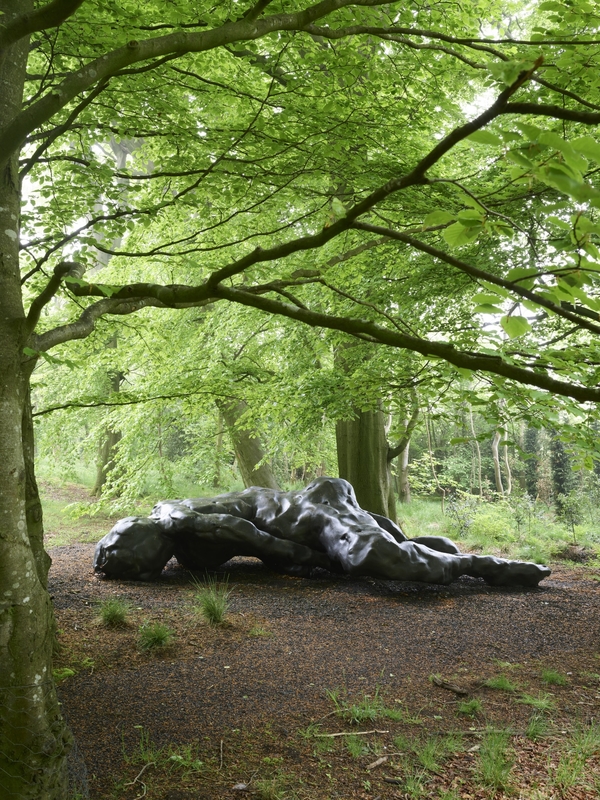Create London's 2018 commissioned report – Panic! It's an Arts Emergency: Social Class, Taste and Inequalities in the Creative Industries – found that only 18.2 per cent of people from working-class origins work in music, performing and the visual arts. These inequalities are reinforced by the constant exploitation of unpaid labour within the sector, but there are also more subtle barriers in place such as beliefs in meritocracy, and homogenous values, attitudes and tastes.
Despite such barriers, these five women artists have used their artistic practice to effectively comment on issues of social inequality and the working class.
Käthe Kollwitz (1876–1945)
Selbstbildnis im Profil (Self-Portrait in Profile)
1927
Käthe Kollwitz (1867–1945) 
Käthe Kollwitz, a German artist perhaps best known for her printmaking, often depicted themes surrounding poverty, hunger and the working class. Kollwitz established herself as a successful artist in a male-dominated art world, becoming one of the Association for Women Artists (Frauenkunstverband) founders in 1913 and acting as the Association's chairperson for a decade. She also became the first female member of the Berlin Academy in 1919, before being forced to leave upon the rise of Hitler in 1933.
Gesenkter Frauenkopf (Study of a Woman with Head Bent)
1905
Käthe Kollwitz (1867–1945) 
Kollwitz's oeuvre typically evokes sentiments of pain, suffering and loss, and there is a strong sense of working-class realism present in her work. Gesenkter Frauenkopf (Study of a Woman with Head Bent), held at Pallant House Gallery, is one of many drawings and prints Kollwitz created that depict the heads of local working-class women.
Her studio in Berlin was in the same area as her husband's medical clinic for workers and people in need. Discussing the 'gravity and tragedy of the most miserable kind of proletarian existence' visible in these women, Kollwitz highlights the stark realities of poverty and class inequality present in Berlin at the time. With social and political views integral to her practice, Kollwitz showed working-class subjects in a dignified manner.
Emmeline Boulton (1912–2008)
Born in Manchester in 1912, Emmeline Boulton was the daughter of an engineer and a weaver. Boulton's mother, Emily, depicted here, was a member of the Communist Party of Great Britain. The Communist Party was officially established in 1920 and has a consistent history of working-class involvement.
Mother depicts a strong, stoic woman, her sharp eyes staring off to our right. The painting is now part of the Working Class Movement Library collection in Salford, Greater Manchester – the library records over 200 years of working-class history.
Emily's political views appeared to have a strong influence on Emmeline from a young age. Aged ten, Boulton got the nickname 'Red Emma' for preaching ideas of socialism in St Stephen's Square, Manchester, and was known for always speaking her mind.
Emmeline contracted rheumatism at the age of twelve, leaving her bedridden for eight years. However, always strong-willed and determined, she made it to art school in 1936 where she excelled, gained a scholarship and graduated with a specialism in mural painting. Such murals, which later went on to win the Royal Institute of Manchester's prize, brought life and colour to many wartime buildings.
Boulton further went on to become a fellow of the Royal Institute of Art and Design, where she exhibited in their sixth wartime exhibition alongside L. S. Lowry, her teacher and lifelong friend.
Ingrid Pollard
Ingrid Pollard is a British artist known for her portrait and landscape photography. Pollard uses photography as a vehicle through which to explore certain social constructs, such as racial difference and the concept of 'Britishness'.
In an interview given earlier in 2022 for Elephant, Pollard states: 'I wasn't given proper employment advice, which may have been because I was a Black, working-class child... I was just told to get a job in a shop. I knew I wanted to do something artistic, but I didn't know how to apply for college. My parents didn't know either. So I ended up in low-paid work, being a cleaner.'
Utilising photography as a way in which to articulate social issues, Pastoral Interlude, one of her most famous works, consists of five hand-tinted silver prints from 1988. The series of photographs depict Black people in rural landscapes, a concept that challenges the way Black people are stereotypically placed in urban landscapes within British visual culture. Reflecting on Pollard's experience of being a Black British woman in the English countryside, the single figure in a landscape alludes to questions of identity and ownership.
Pastoral Interlude No. 4 from the Arts Council Collection states '...death is the bottom line. The owners of these fields; these trees and sheep want me off their GREEN AND PLEASANT LAND. No Trespass, they want me DEAD. A slow death through eyes that slide away from me...'
The striking text included in each work refers to Black British history and is juxtaposed with the imagery of idyllic countryside.
Tracey Emin (b.1963)
Tracey Emin, who first rose to fame as part of the Young British Artists, is known for her brutally honest, visceral, autobiographical work that deals with her personal experiences. Emin has always been a controversial figure in the art world, the unapologetic and outspoken nature of her art loved by some and hated by others. But it has also been wondered if Emin's working-class background contributes to the strong reaction she continues to provoke.
When discussing an Independent critic who described her as 'phoney' in an interview, Emin states: 'I think it's a class problem. He doesn't understand that people with my accent can actually have an extremely high IQ.'
This isn't the first time accent bias has played a role in the critique of her work. As Melanie McGrath states: 'Tracey Emin's virulent working-classness confuses the British art world. She's often labelled inarticulate, even stupid.' Whilst not a protected characteristic, accent bias is considered discriminatory and in the 2020 report Accent Bias in Britain, it was stated that '76% of employers admitted discriminating candidates based on their accent'.
Why I Never Became a Dancer
(edition 1 of 10) 1995
Tracey Emin (b.1963) 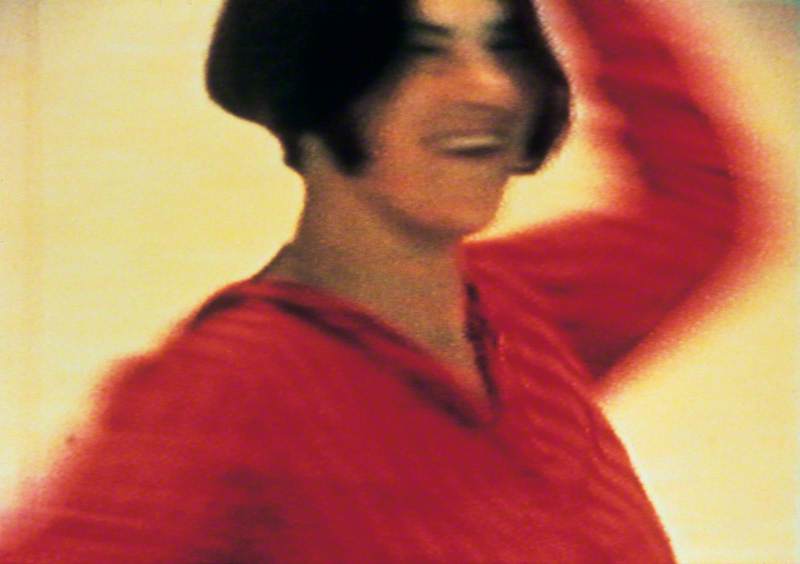
Why I Never Became a Dancer, an early video work from 1995 held in the Arts Council Collection, tells the story of Emin's promiscuous early teenage years and of her desperately wanting to escape the seaside town of Margate by winning a dance competition. Recounting the anecdote in a voiceover, whilst clips of Margate appear on the screen, the young Emin hears chants of 'Slag, Slag, Slag!' shouted by the men she has slept with whilst she dances on the stage.
Highlighting the sexual hypocrisy so often prominent in our patriarchal society, Emin goes on to flip this on its head, dedicating the video to some of her abusers before, quite literally, dancing away from her small-town world to the up-tempo beat of You Make Me Feel (Mighty Real). Despite the distressing subject matter, the latter part of the video encompasses feelings of freedom and liberation, as she owns her past and stands up to those who have wronged her.
Hannah Starkey (b.1971)
Hannah Starkey is a photography-oriented artist from Belfast, Northern Ireland, who captures scenes of working-class life. After graduating from the Royal College of Art with an MA in photography, she quickly won widespread acclaim for her images that depict women in everyday, banal, urban environments. Starkey uses her carefully considered compositions to highlight how women are represented in contemporary culture.
The Falls, Belfast 2011
(edition one of five and two artist proofs)
Hannah Starkey (b.1971) 
The Falls, Belfast 2011, a chromogenic print in the Arts Council of Northern Ireland collection, was taken in the area that Starkey grew up in. She states: 'The 10-year-old girl is isolated on the rock, a symbol that represents the stifling political situation and lack of economic investment in these areas. Belfast may look great now, but the working class communities who suffered the most are still lacking good infrastructure and facilities for their children.'
These scenes of working-class life are common motifs that run throughout Starkey's practice, the innately choreographed photos bringing to light private moments that might otherwise go unnoticed.
Mirror – Untitled, September 2015
2015
Hannah Starkey (b.1971) 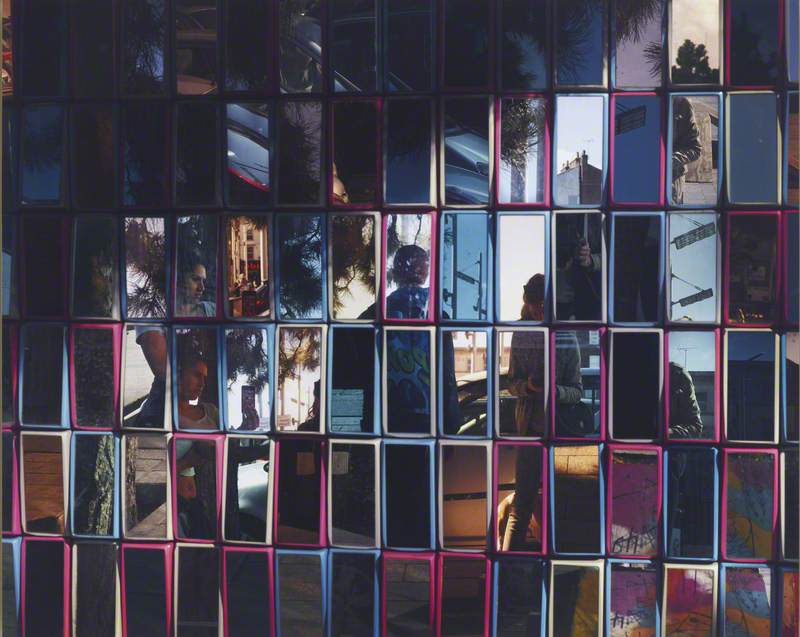
Mirror – Untitled, September 2015, held by the Arts Council Collection, is a framed, C-type print mounted on aluminium. The image depicts Starkey taking a photograph with the mirror's multiple elements providing a distortion of herself, the two women she stands with, and their environment. The result is a striking image that appears somewhat voyeuristic, a moment in time distorted by a myriad of mirrors.
Here are five women artists who comment on issues of social inequality in their artistic practice. However, it is essential to note that these women have managed to surpass some of the barriers facing the working class to have their work form part of a permanent art collection. There are many other great artists that could have been included in this story, but who do not currently have any artworks listed on Art UK, for example Erin Dickson and Shonagh Short.
The Panic! report brought to light many things that we already know – namely that it is harder for working-class people to gain entry to arts-related jobs. Whilst providing shocking insight into some of the inequalities prevalent in the sector, it is important to note that it was not fully comprehensive in all aspects of social inequality. Factors such as disability and ethnicity have a starker effect, for example, highlighting that more research is needed in this area if we are to see real change within the arts.
Aimee Murphy, Collections Engagement Officer

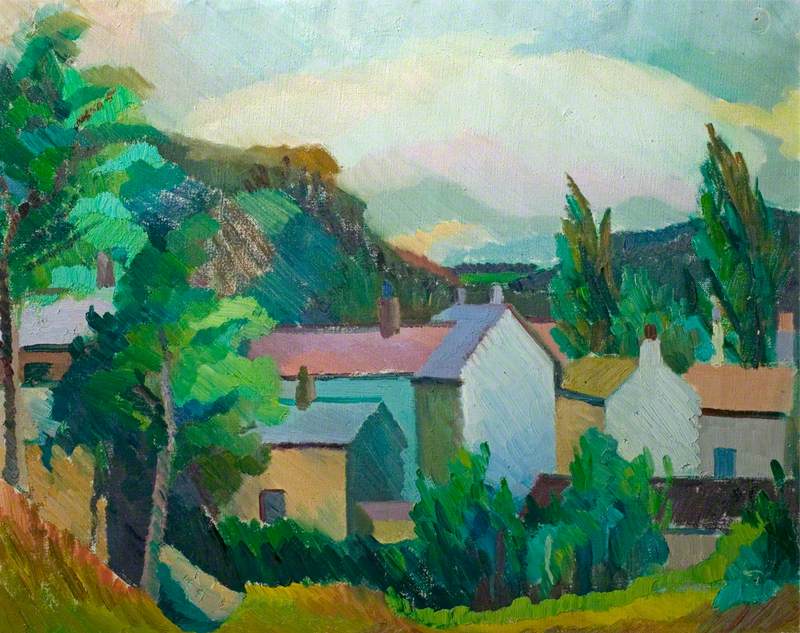

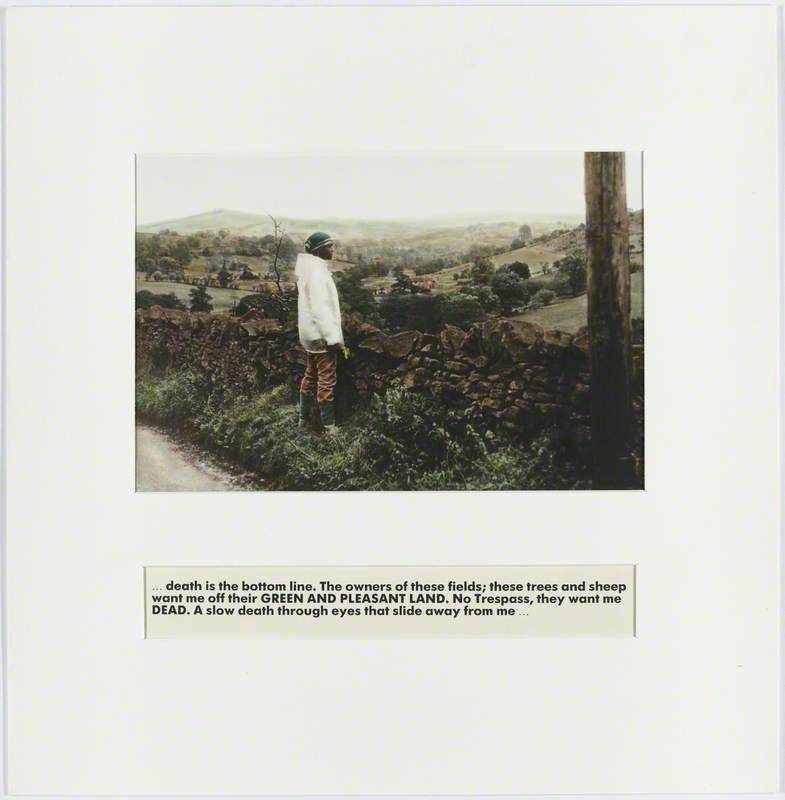
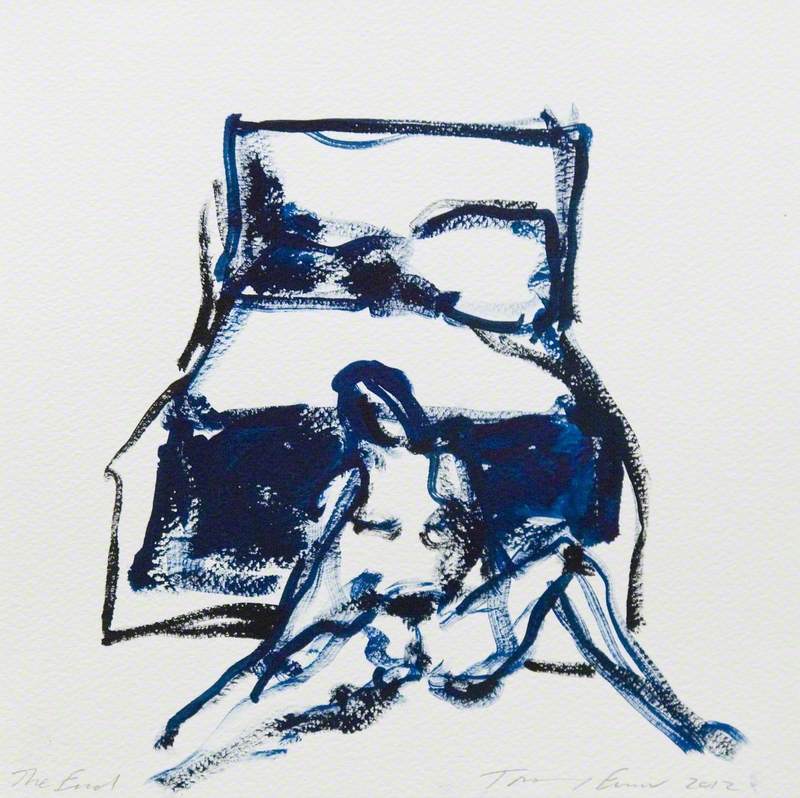
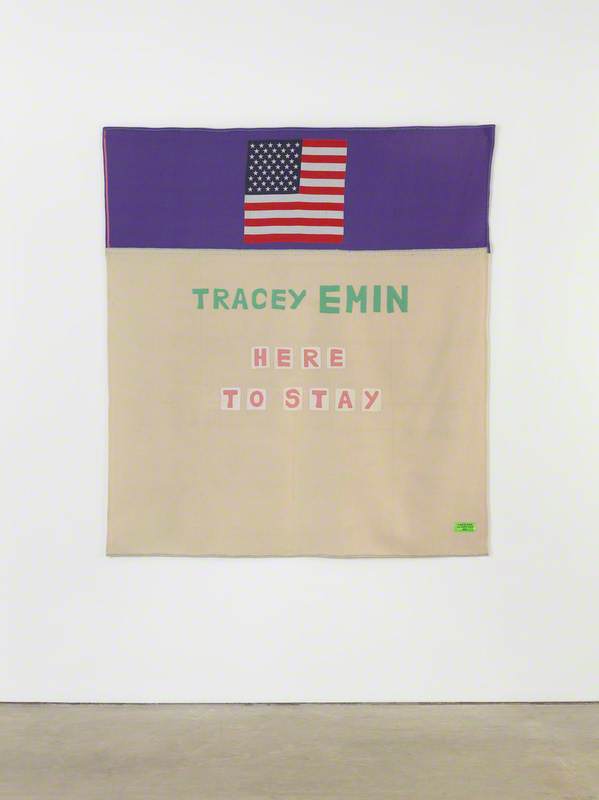

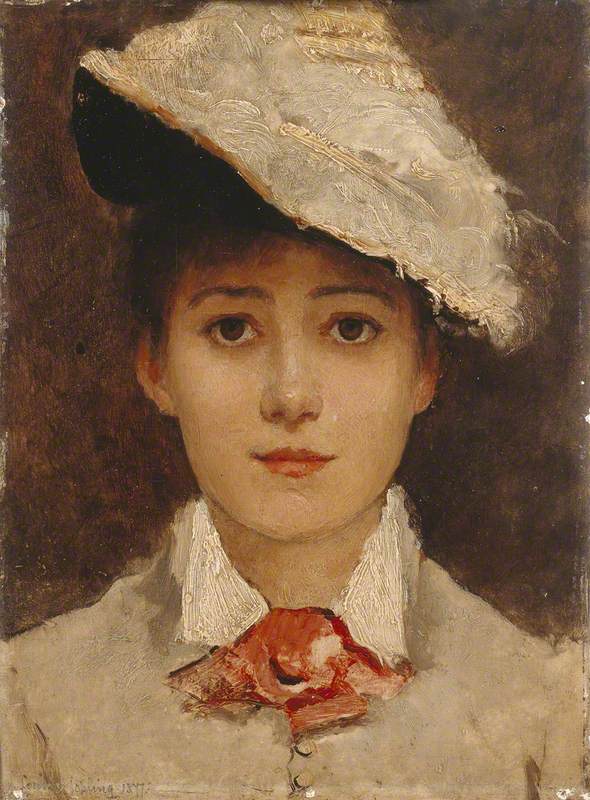















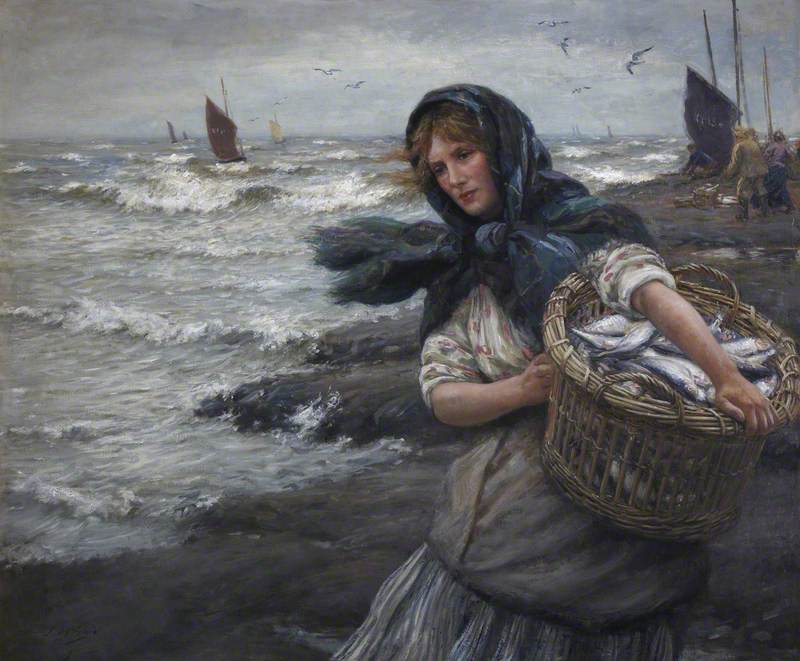

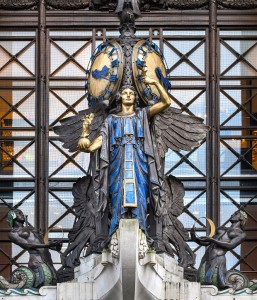
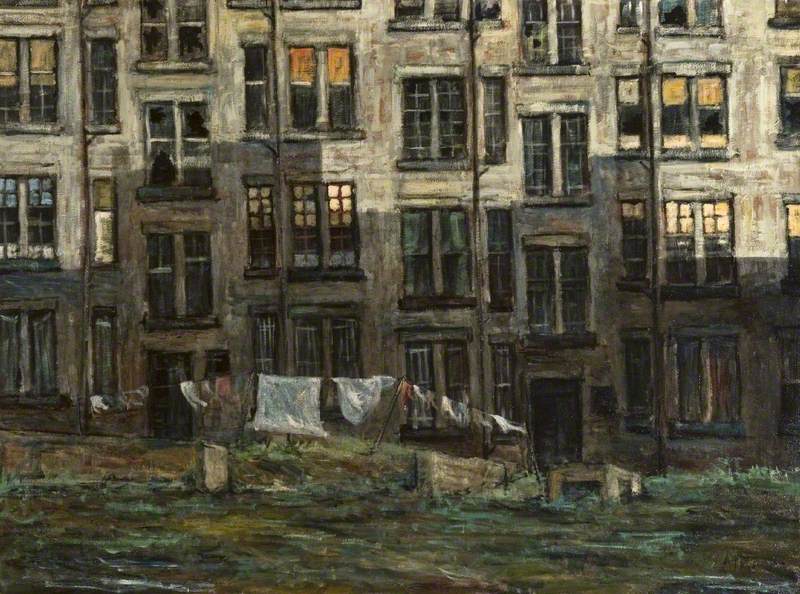



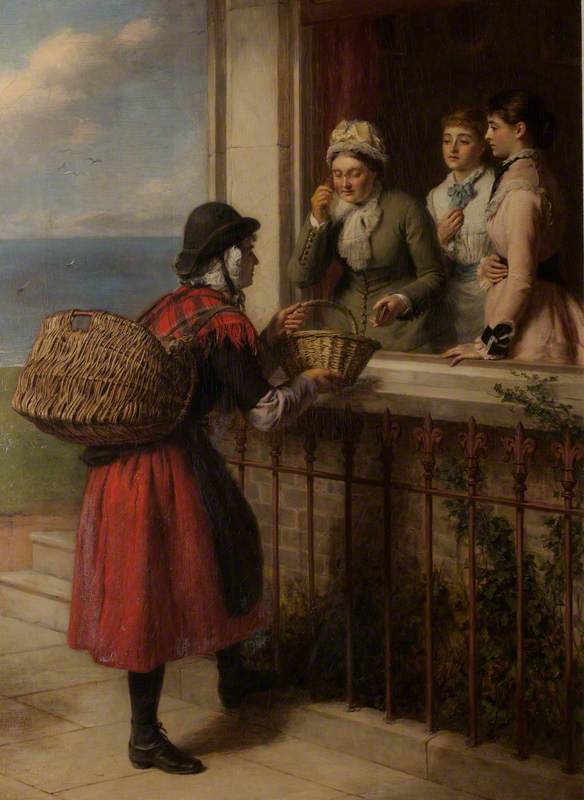


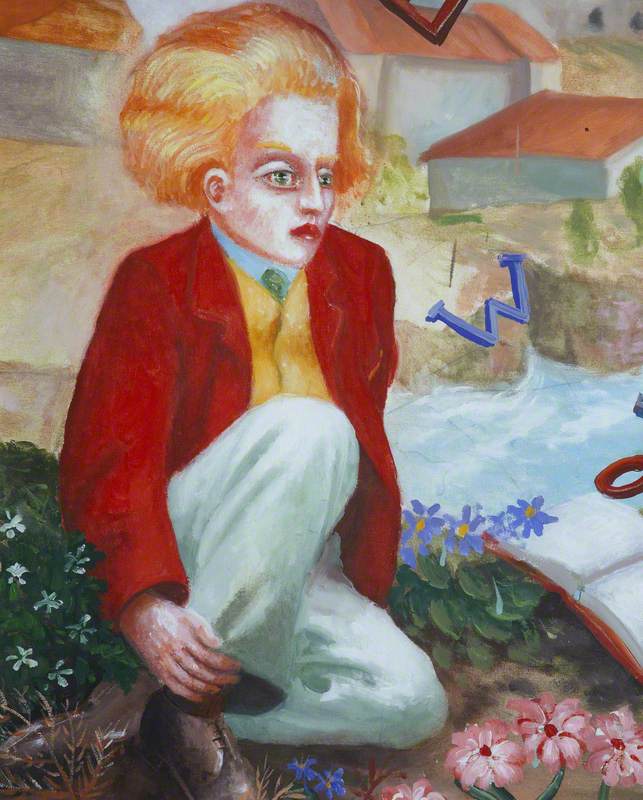
.jpg)




